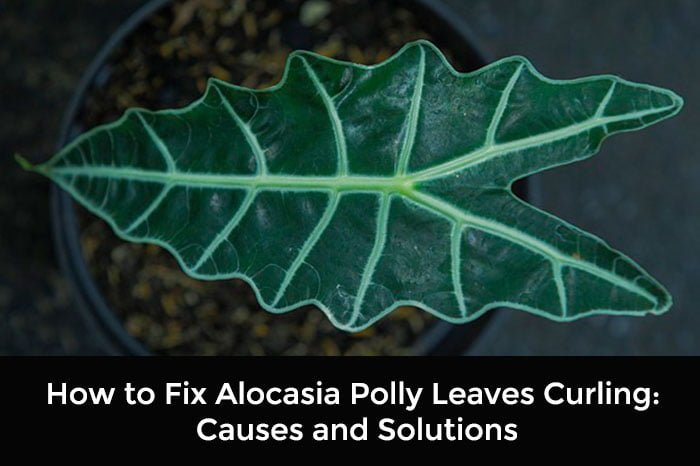Rubber trees (Ficus elastica) have long been cherished as indoor plants, admired for their attractive foliage and air-purifying properties. With their glossy, dark green leaves and low-maintenance nature, it’s no wonder they’ve become popular houseplants. If you’re a fan of rubber trees and want to expand your collection or share their beauty with others, learning how to propagate them is a rewarding endeavor. In this guide, we’ll explore the fascinating process of propagating rubber trees in water—a method that offers clear advantages and impressive results.

Understanding the Rubber Tree Plant
Before we dive into the propagation process, let’s take a moment to appreciate the rubber tree itself. Native to Southeast Asia, the rubber tree is known for its large, shiny leaves that can reach up to 12 inches in length. It’s often chosen as a decorative plant due to its elegant appearance and air-purifying qualities. Propagating rubber trees allows you to create new plants that exhibit the same captivating features as their parent plants.
Why Water Propagation?
Water propagation has gained popularity among plant enthusiasts for good reason. It offers several benefits, especially for beginners or those new to propagation techniques. When propagating rubber trees in water, you gain a front-row seat to the development of roots. The transparent container allows you to observe the growth of root systems, giving you valuable insight into the plant’s progress. Additionally, water propagation tends to have higher success rates compared to other methods, making it an excellent choice for those just starting their propagation journey.
Gathering Your Materials
Before you begin the propagation process, gather the necessary materials:
- Pruners
- Glass jar or vase
- Filtered water
- Rooting hormone (optional)
- Rubber tree cuttings
Selecting and Preparing Cuttings
- Choose Healthy Cuttings: Select healthy rubber tree cuttings from the mother plant. Opt for sections that have at least two leaves and a node—the area where leaves meet the stem.
- Trim and Prepare: Using clean pruners, make a clean cut just below a node. Remove any excess leaves, leaving one or two leaves at the top of the cutting. This reduces the demand on the developing roots and helps the cutting focus its energy on growth.
- Optional Rooting Hormone: If desired, dip the cut end of the rubber tree cutting in rooting hormone. This can encourage faster root development.
Setting Up the Water Propagation Jar
- Choose a Suitable Container: Select a glass jar or vase that allows ample space for the cuttings while keeping the leaves above the waterline.
- Add Filtered Water: Fill the container with filtered water, ensuring the cuttings are partially submerged but the leaves remain above the water.
- Find the Right Location: Place the jar in a location with indirect sunlight. Avoid direct sunlight, as it can cause excessive evaporation and heat stress for the cuttings.
Caring for Your Propagation
- Monitor Water Levels: Regularly check the water level and replenish with fresh filtered water as needed to maintain the appropriate level.
- Temperature and Humidity: Keep the jar in an environment with consistent temperature and humidity. Ideal conditions will encourage successful root growth.
- Be Patient: Root development takes time. It might take a few weeks before you notice significant growth. Be patient and resist the urge to disturb the cuttings.
Transferring to Soil
- Wait for Healthy Roots: Once the cuttings have developed substantial roots (at least a couple of inches long), they are ready to be transferred to soil.
- Gently Transfer to Soil: Carefully remove the rooted cutting from the water and plant it in a well-draining potting mix. Create a hole with your finger or a pencil and gently insert the roots. Lightly press the soil around the base of the cutting.
- Acclimate the Plant: Place the potted cutting in a spot with indirect light. Gradually introduce it to more sunlight over a few days to help prevent shock.
Troubleshooting Common Issues
- Mold Growth: If you notice mold forming on the water’s surface, remove the affected leaves and change the water. Ensure the container is clean and properly ventilated.
- Root Rot: If the roots appear brown or mushy, this might indicate root rot. Trim away affected roots and change the water. Allow the plant to dry slightly before placing it back in water.
Frequently Asked Questions
- How often should I change the water during propagation? Aim to change the water every 1-2 weeks or if it becomes discolored or stagnant.
- When is the best time to propagate rubber trees? Spring and early summer are ideal because plants are actively growing during this time.
Conclusion
Propagating rubber trees in water is a satisfying and visually engaging process that allows you to nurture new life from cuttings of your favorite plant. The transparency of the container offers a unique perspective on root development, making it an excellent choice for beginners and seasoned plant enthusiasts alike. As you embark on this journey of growth, remember that patience and care are key. With the right techniques and a little TLC, you’ll soon have a thriving rubber tree that you can proudly call your own. Happy propagating!





